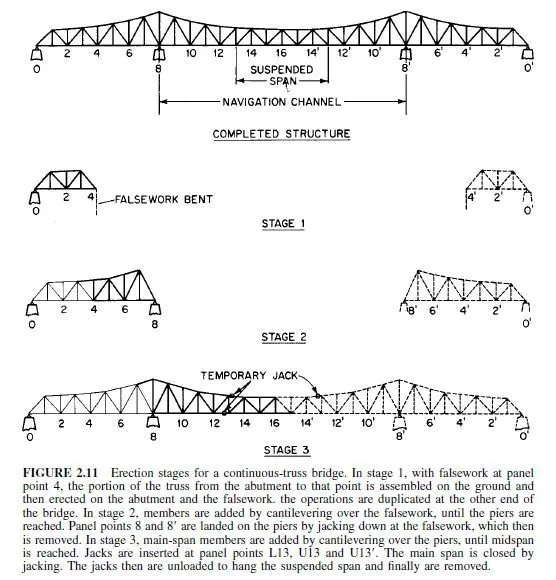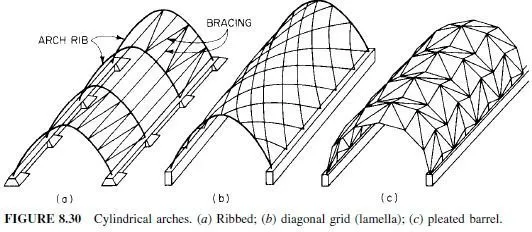Permissible variations from theoretical dimensions of an erected structure are specified in the AISC Code of Standard Practice for Steel Buildings and Bridges. It states that variations are within the limits of good practice or erected tolerance when they do not exceed the cumulative effect of permissible rolling and fabricating and erection tolerances. These tolerances are restricted in certain instances to total cumulative maximums.
The AISC Code of Standard Practice has a descriptive commentary that fully outlines and explains the application of the mill, fabrication, and erection tolerances for a building or bridge. Also see Art. 2.12 for a listing of specifications and codes that may require special or more restrictive tolerances for a particular type of structure.
An example of tolerances that govern the plumbness of a multistory building is the tolerance for columns. In multistory buildings, columns are considered to be plumb if the error does not exceed 1:500, except for columns adjacent to elevator shafts and exterior columns, for which additional limits are imposed. The tolerances governing the variation of columns, as erected, from their theoretical centerline are sometimes wrongfully construed to be lateraldeflection (drift) limitations on the completed structure when, in fact, the two considerations are unrelated. Measurement of tolerances requires experience. Structural steel is not static but moves due to varying ambient conditions and changing loads imposed during the construction process. Making all components and attachments fit takes skill and experience on the part of designers and craftsmen.
(Manual of Steel Construction ASD, and Manual of Steel Construction LRFD, American Institute of Steel Construction.)



